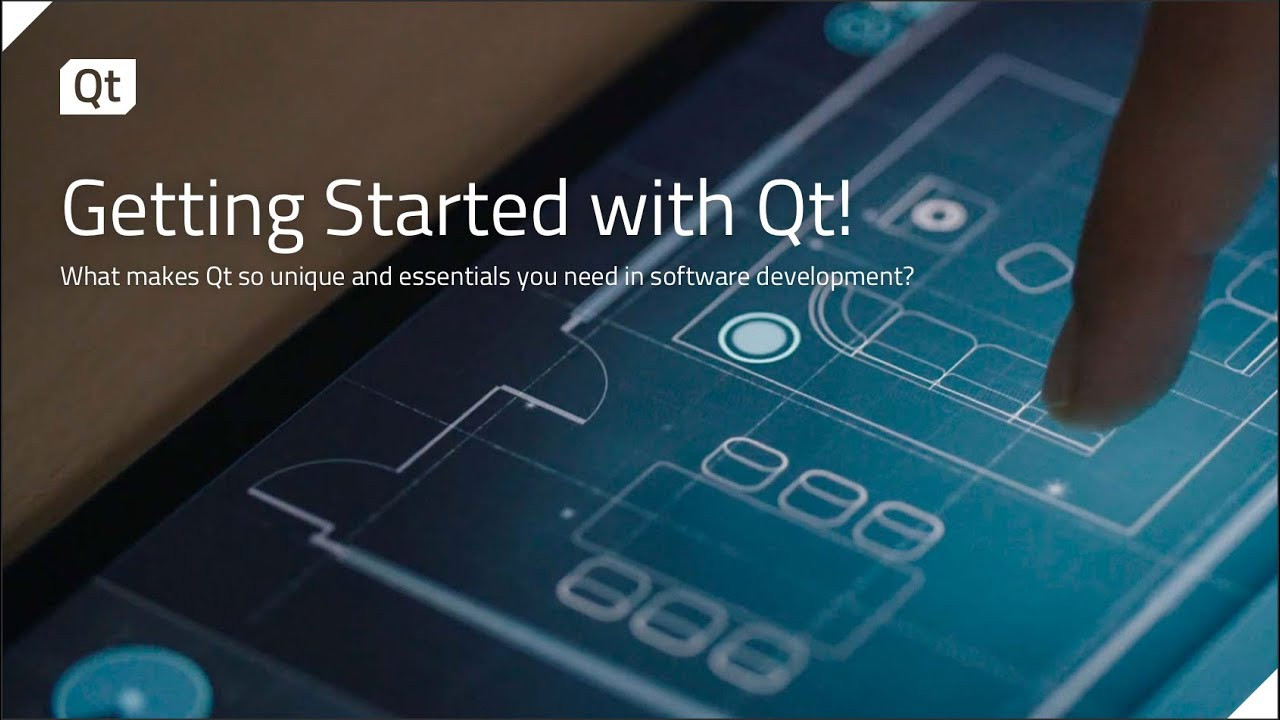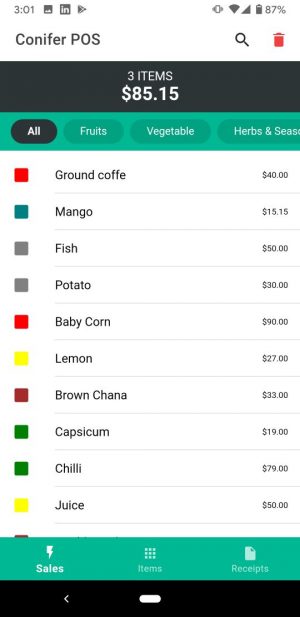If you are interested in developing cross-platform applications and want to learn about a powerful and user-friendly framework, then Qt is a great choice for you. In this beginner’s guide, we will provide an overview of Qt development and explain how you can get started with this framework.
1. Introduction to Qt
Qt is a powerful framework for developing cross-platform applications. It is an open-source toolkit that allows developers to create applications for various platforms like desktop, mobile, and embedded systems. Qt provides a comprehensive set of tools and libraries for creating high-quality applications with an intuitive and easy-to-use interface.
Qt was first developed in 1991 by the Norwegian company, Trolltech. It has since been acquired by The Qt Company, a subsidiary of Digia Plc. Qt is written in C++, but it also provides bindings for several other programming languages like Python, Java, and Ruby.
2. Installing Qt
Before you can start developing applications with Qt, you need to install the framework on your computer. Qt provides installers for Windows, Mac, and Linux. You can download the appropriate installer for your operating system from the Qt website.
During the installation process, you can choose which components you want to install. You can select the default options or choose the components you need for your project.
3. Creating your first Qt project
After installing Qt, you can create your first project with Qt Creator. Qt Creator is an integrated development environment (IDE) that provides a visual editor, a code editor, and a debugger.
To create a new project, select “New Project” from the “File” menu. Choose the type of project you want to create and select a template. Qt provides several templates for different types of applications like desktop, mobile, and embedded systems.
4. Understanding the structure of a Qt project
A Qt project consists of several files and folders. The main files are:
- The .pro file: This is the project file that defines the project’s settings and dependencies.
- The .cpp files: These are the source files that contain the application’s code.
- The .h files: These are the header files that define the classes and functions used in the source files.
- The .ui files: These are the user interface files that define the application’s widgets and layouts.
5. Creating a user interface with Qt Designer
Qt Designer is a visual editor that allows you to create user interfaces for your applications. You can use it to design the layout of your application’s windows, buttons, and other widgets.
To create a new user interface, select “New Form” from the “File” menu. Choose the type of form you want to create and select a template. Qt provides several templates for different types of forms like dialogs, main windows, and widgets.
6. Writing code with Qt Creator
Qt Creator provides a code editor that allows you to write code in several programming languages like C++, Python, and JavaScript. You can use it to write the code for your application’s logic and functionality.
To write code in Qt Creator, open a .cpp or .h file and start typing. Qt Creator provides several tools to help you write code like auto-completion, syntax highlighting, and code folding.
7. Using signals and slots in Qt
One of the key features of Qt is its signal and slot mechanism. Signals and slots allow objects to communicate with each other in a loosely coupled manner. A signal is emitted by an object when a particular event occurs, and a slot is a function that is called when the signal is emitted.
To use signals and slots in your application, you need to define signals in your classes and connect them to slots using the QObject::connect() function.
8. Debugging Qt applications
Debugging is an essential part of software development, and Qt provides several tools to help you debug your applications. Qt Creator provides a debugger that allows you to step through your code, set breakpoints, and inspect variables.
Qt also provides several debugging macros that you can use to print debugging information to the console. For example, you can use the qDebug() macro to print debug messages to the console.
9. Deploying Qt applications
Once you have finished developing your application, you need to deploy it to your target platform. Qt provides several tools to help you deploy your application, including the Qt Installer Framework and the Qt Resource System.
The Qt Installer Framework allows you to create installers for your application that can be distributed to your users. The Qt Resource System allows you to package your application’s resources like images and sounds into a single file that can be loaded at runtime.
10. Tips for successful Qt development
Here are some tips to help you be successful with Qt development:
- Take the time to learn the basics of Qt, including the signal and slot mechanism and the Qt Resource System.
- Use Qt Creator to simplify your development workflow.
- Use the Qt documentation and forums to get help when you need it.
- Write clean and readable code to make debugging and maintenance easier.
- Test your application on multiple platforms to ensure compatibility.
11. Conclusion
In this beginner’s guide, we have provided an overview of Qt development and explained how you can get started with this powerful framework. We have covered the basics of installing Qt, creating projects, and using Qt Creator to develop applications. We have also explained how to use signals and slots, debug your applications, and deploy them to your target platform.
12. FAQs
What is Qt?
Qt is a cross-platform application development framework that allows developers to create applications for desktop, mobile, and embedded platforms using a single codebase.
Is Qt easy to learn?
Qt has a steep learning curve, but once you understand the basics, it becomes easier to work with. The Qt documentation and forums are excellent resources for learning and getting help when you need it.
Can I develop mobile applications with Qt?
Yes, Qt supports mobile application development for platforms like iOS, Android, and Windows Mobile.
What programming languages can I use with Qt? Qt supports several programming languages, including C++, Python, and JavaScript.
Is Qt free to use?
Qt is available under several licensing options, including a commercial license and an open-source license. The open-source license allows you to use Qt for free, but you need to comply with certain conditions, such as making your application’s source code available.
What platforms does Qt support?
Qt supports several platforms, including Windows, macOS, Linux, Android, iOS, and embedded platforms like Raspberry Pi.
Can I use Qt with other IDEs?
Yes, you can use Qt with other IDEs like Visual Studio and Eclipse, but Qt Creator is the recommended IDE for Qt development.
Does Qt support multithreading?
Yes, Qt supports multithreading and provides several classes and tools to make it easier to write multithreaded applications.
Is Qt suitable for large-scale applications?
Yes, Qt is suitable for large-scale applications, and several high-profile companies use Qt to develop their applications.
Does Qt support 3D graphics?
Yes, Qt supports 3D graphics and provides several classes and tools to make it easier to create 3D applications.
Does Qt support database integration?
Yes, Qt provides several classes and tools for integrating with databases, including SQLite, MySQL, and PostgreSQL.
Can I create games with Qt?
Yes, you can create games with Qt, and several game development frameworks like V-Play use Qt as their base framework.





